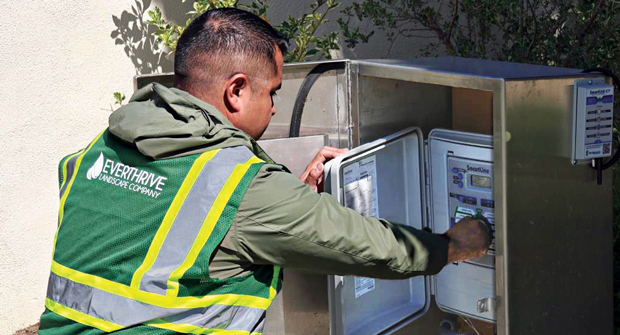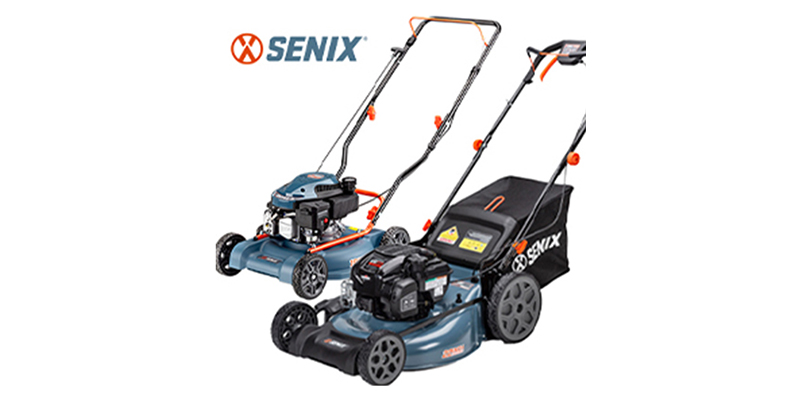In recent years, smart technology has made significant advances in irrigation controllers, offering features that improve efficiency, water conservation and ease of use.
Among these innovations, a built-in valve locator such as the one found in the Weathermatic SmartLine controller can be an invaluable tool for landscape professionals. While smart controllers are typically recognized for their weather-based adjustments and remote management capabilities, the valve locator feature is a game-changer that often goes unnoticed.
The hidden challenge
One of the most frustrating and time-consuming issues for irrigation contractors is locating buried or hidden valves. Over time, landscape conditions change; grass grows over valve boxes, mulch and debris accumulate and renovations alter the landscape, making previously accessible valves nearly impossible to find. When contractors take over a new maintenance account, one of the first challenges is identifying the existing irrigation infrastructure, especially when documentation is outdated or missing.
This scenario unfolded when we took over a landscape maintenance account in Irvine, Calif. The property’s irrigation system had been neglected for years, and traditional methods of finding valves — such as probing the soil or using outdated as-built plans — were proving inefficient.
How it works
Built-in valve locators simplify this process. Unlike standard controllers, which only provide basic zone operation, this feature sends a specialized electrical pulse to the valve, creating an audible “chattering” noise that allows contractors to locate the valve even if it is buried beneath layers of grass, dirt or mulch.
The process with SmartLine is straightforward:
1. Activate the valve locator mode in the controller.
2. Select the station associated with the missing valve.
3. Listen for the chattering sound the solenoid produces as it rapidly turns on and off.
4. Pinpoint the exact location of the valve and clear away any debris for access and maintenance.
The benefits
Built-in valve locator features provide several advantages for landscape maintenance companies, irrigation auditors and property managers:
1. They save time and labor costs. Without a valve locator, searching for buried valves can take hours or even days. The ability to quickly locate hidden valves allows contractors to focus on actual repairs and system improvements.
2. They reduce property disruptions. Traditional valve-finding methods often involve unnecessary digging, damaging turf, disturbing plant material and creating unsightly patches. The chattering feature in the SmartLine controllers allows contractors to pinpoint the valve with minimal disruptions.
3. They enhance system troubleshooting and repairs. Irrigation systems frequently experience valve malfunctions, pressure inconsistencies and wiring issues. Locating and accessing valves easily allows contractors to diagnose and repair problems quickly.
4. They improve documentation for future maintenance. Once valves are located, they can be mapped and documented for future reference. This ensures that future contractors or maintenance teams won’t face the same challenges in locating them again.
Final thoughts
While the valve locator feature is not necessarily a new technology, it is often overlooked when selecting an irrigation controller.
When considering an irrigation controller for new installations or system upgrades, landscape professionals should prioritize features that save time and labor costs.
Built-in valve locators do exactly that, proving that sometimes, the most valuable tools are the ones that solve the simplest but most persistent problems in landscape irrigation management.
(Editor’s Note: This story is sponsored content)


